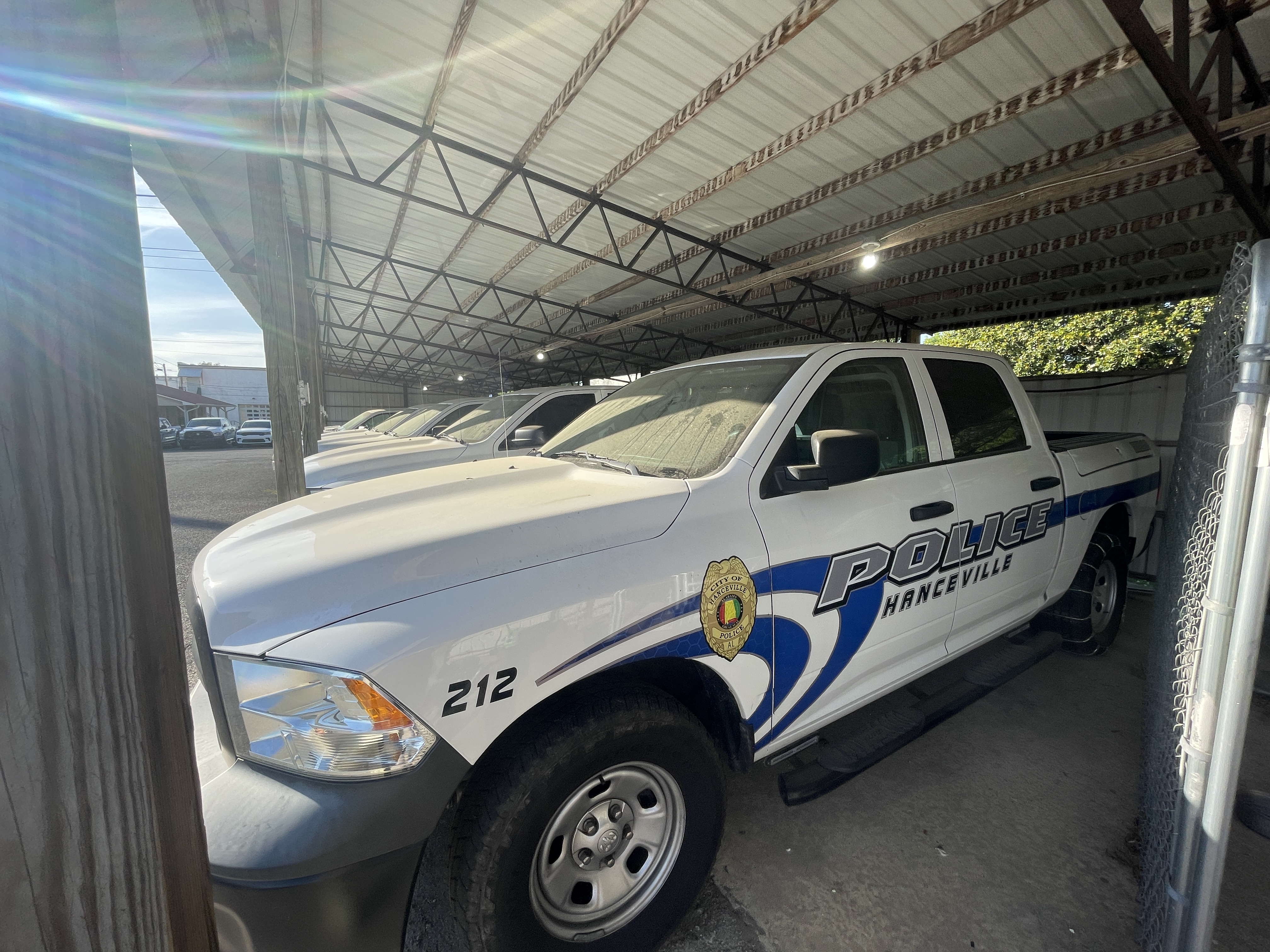High ranking: Alabama lands national recognition for economic strides
Published 5:30 am Friday, July 26, 2019

- Wallace State Community College students look over a Mercedes-Benz GLE 450 prior to the college’s announced partnership with Mercedes-Benz in December 2018.
Alabama was recently ranked as one of the top states in the nation for economic development by Business Facilities magazine, and economic growth at the state level only brings more benefits to Cullman and Cullman County.
Business Facilities ranked Alabama third in the U.S. for best business climate and fifth in best economic growth potential, and the state’s performance in those metrics comes from the leadership at the top, said Cullman Economic Development Agency Director Dale Greer.
“We have a very pro-economic development governor, Department of Commerce and legislature,” he said. “I think that’s evident in the really remarkable developments that have occurred.”
Some of those big new developments are close to home, like the Toyota-Mazda plant that is being built in Limestone County, which is not located in Cullman but will likely bring more suppliers to the area that will look here for a place to build or expand, he said.
He pointed to Polaris’ move to the state a few years ago as an example, as the company did not choose Cullman for its new ATV manufacturing plant and the city did not get the jobs that would have come with it, but Royal Technologies does produce parts that go there, so Cullman is still seeing benefits from a company that decided to come to Alabama.
“Even people who don’t land those jobs benefit greatly,” he said.
The state’s highest ranking was second in the nation for workforce training, and that is an area that has seen a lot of improvement in recent years after the establishment of the Alabama Workforce Council, Greer said.
Greer, who is currently a board member on the council, said the Workforce Council has worked to establish a network between the companies in the state and community colleges that are training the future workforce.
Rather than schools having to hope their courses are providing the proper training for jobs in the area, they are able to work directly with companies to ensure that students are leaving the school with the right knowledge, and oftentimes the students will graduate with a job guaranteed at one of those companies, he said.
With companies and schools working together, and the work of other programs like Alabama Industrial Development Training and the Alabama Technology Network that can provide additional networking and training across the state, Alabama’s workforce development is setting a standard that other states are looking to follow, Greer said.
“I think the state is gaining a lot of recognition for its workforce councils,” he said.
The state was also ranked sixth in automotive manufacturing strength, which shows how far Alabama has come over the past few decades, Greer said.
Before Mercedes moved into Alabama 25 years ago, there were no automotive manufacturers in the state, but now Alabama is on track to be the fourth largest automotive producing state in the nation by next year, and Cullman is home to 14 companies that produce parts for automotive manufacturers, he said.
“I see us continuing to grow there,” he said.
With leadership that continues to support economic development and more partnerships forming to ensure a trained workforce, Alabama’s rankings show the state is in a good position to continue the growth that it has seen in recent years, Greer said.
“I think we do a good job as a state of supporting all of Alabama, and I think that’s reflected in the rankings,” he said.





